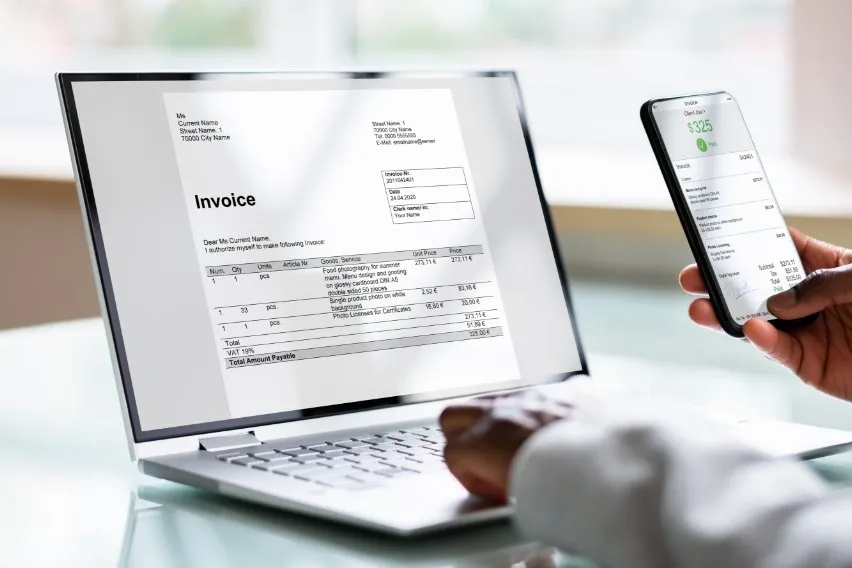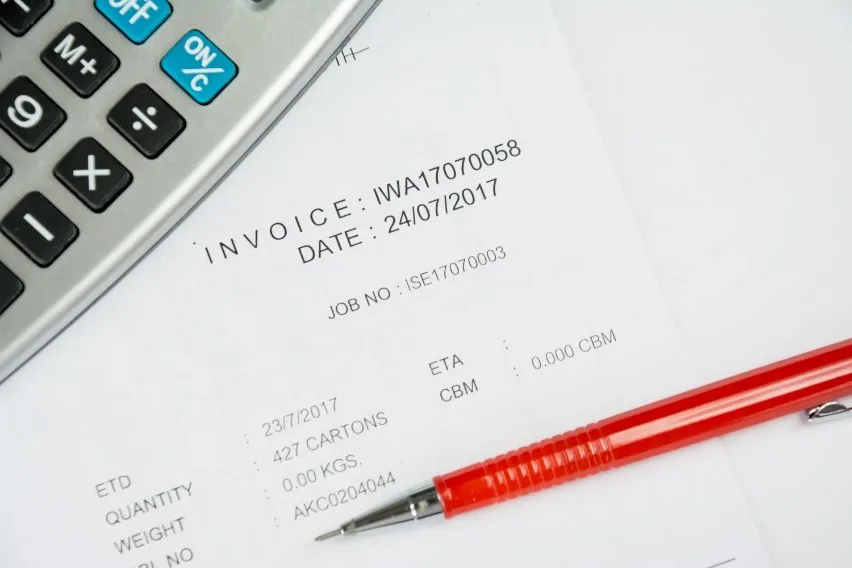Prorated Billing: What It Is and How Does It Work?

Many companies offer services or products and set forth monthly subscription plans. Their customers have to pay for the subscription plan on a monthly basis, regardless of when the customer signs up for the plan. However, more and more subscription businesses are turning to prorated billing.
If you want to know more about how prorated billing works and how it can benefit your business, keep reading.
Table of Contents
When Should Prorated Billing Be Used?
How Is Prorated Billing Calculated?
Why Should Merchants Use Prorated Billing?
What Is Prorated Billing?
Prorated billing is a system that adjusts the amount a customer needs to pay based on the number of days they have used a service or product. For instance, when a customer starts a new service mid-billing cycle or cancels a plan before the end of the next billing date. Instead of waiting for the next billing cycle, they can start or cancel their subscription plan any time they want.

Who Needs Prorated Billing?
All businesses that earn revenue based on subscription billing can benefit from prorated billing. Prorated billing is ideal for a subscription business that offers software as a service (SaaS businesses). By implementing prorated charges, customers never receive more or less than they already paid.
Both public and private businesses can use prorated credit to manage their revenue stream.
When Should Prorated Billing Be Used?
Companies can use prorated billing in a few different instances. For example, when a customer wants to sign up for a new plan or cancel their current subscription in the middle of the month.
Prorated billing is also a suitable billing solution when customers want to switch plans in the middle of a billing cycle. If customers upgrade or downgrade their plan mid-billing cycle, the new prorated fee will be for the remaining billing period.
How Prorated Billing Works
Prorated billing is the simplest way to avoid overcharging and undercharging your customers. This billing system ensures customers pay the adequate billing amount. Companies do this by applying the prorated amount to a customer’s bill.
If a customer signs up for a monthly subscription service on the 15th day of the month, they will only have to pay for the second half of the billing period. They won’t have to pay the full monthly plan fee. Similarly, if a customer cancels a service on the 15th day of a 30-day billing cycle, they will only pay for the first 15 days rather than the full 30 days. This way, customers don’t have to wait until the next billing date to cancel their subscription.
How Is Prorated Billing Calculated?
Prorated billing calculation depends on different factors. You usually need to use the total billing amount and the minimum billing unit. When it comes to a subscription business, it’s the number of days customers use a particular plan.
A billing period usually comprises one month, so around 30 days. Instead of paying the full amount, the customer’s bill will only be the prorated amount. This is easier for SaaS businesses but might be more challenging for membership businesses. For instance, when you want to cancel a gym membership in the middle of the month, you wouldn’t get your money back.
Many businesses use billing software to apply the prorated amount to the customer’s bill. This reduces any chances of human error and streamlines the entire billing process.
Importance of Proration
Companies that sell products can monitor their revenue stream easier than service-based businesses. Running a subscription business is trickier as it relies on monthly or yearly recurring payments. Allowing customers to make changes to their subscription plan in the middle of the month gives them more options. More importantly, it allows for a more accurate and fair representation of the cost of products or services.
Proration is especially important for companies that offer SaaS products. It allows them to accurately reflect the cost of providing a service or product to a customer. Moreover, this billing model helps build trust and reduces the number of customer complaints.
Proration can also be significant in the context of billing for utilities like water and electricity. You can also use prorated billing for rent. In this case, you would calculate the prorated amount on a monthly basis.
Prorated Billing Example
An example of prorated billing is when a customer upgrades from a lower-tier plan to a higher-tier plan or vice versa.
For example, a customer always pays for a particular subscription plan on the 1st of the month. But they want to upgrade to the higher tier plan on the 15th of the month, so they have two subscriptions until the billing date, increasing their bill. This is where prorated billing comes in.
By implementing a prorated charge, the customer only pays for the services they are currently using. If they upgrade on the 15th of the month, they will pay the price of the first plan for the first half of the month. The new plan fees won’t take effect until the second half of the month.
Why Should Merchants Use Prorated Billing?
All businesses, including merchants, can use prorated billing. By implementing prorated charges, merchants can make sure they are pricing their products fairly. If a customer cancels your services at the beginning of the month, a prorated billing system ensures fairness. In other words, you won’t overcharge them for services they won’t even use.
It’s a much better alternative to offering the customer a full or partial refund. Not to mention your business would be losing revenue if you offer refunds for every canceled monthly service. So, prorated billing increases client satisfaction and can even help your business grow in the long run.

Conclusion
Customers want to pay for a service or product they will use in its entirety. If a customer wants to sign up, cancel, or upgrade their plan in the middle of the month, they won’t need to pay the full price.
Prorated billing ensures customers get their money’s worth, increasing client satisfaction. Utilizing a prorated system also promotes fairness and transparency in billing. This fair practice is beneficial to both the customer and the business. From the aspect of business owners, prorated billing allows for a safer revenue stream, which helps your business grow. It’s a great way to deal with subscription changes while ensuring recurring payments keep coming.
FAQs on Prorated Billing
Why do we use prorated?
Companies use prorated billing to adjust the payment due for a service or product. A prorated bill only covers the portion of the service or time a customer actually used. It eliminates undercharging and overcharging for services.
How do you prorate hourly pay?
To prorate an hourly-pay salary, you need to divide the employee’s salary by the number of hours they worked in a salary period. This is also called a predetermined salary. Employees who don’t work their full hours will receive a reduced predetermined salary.
How do you prorate monthly?
To prorate monthly, you need to divide the total amount by the number of days a customer uses your services. Most subscription-model businesses use monthly-based prorated billing.
Is prorated a refund?
Prorate and refunds are two different terms. Prorate is a good solution when a customer cancels a subscription service. Instead of offering the customer a refund, you give them the option to pay for the amount of time or services they used.
RELATED ARTICLES


 Quote vs Invoice: What’s the Difference?
Quote vs Invoice: What’s the Difference? What Is Progress Invoicing & How Does It Work?
What Is Progress Invoicing & How Does It Work? 3-Way Matching: Definition & How It Works
3-Way Matching: Definition & How It Works Proforma Invoice vs Commercial Invoice: What’s The Difference?
Proforma Invoice vs Commercial Invoice: What’s The Difference? How to Write an Invoice: Step-by-Step Guide With Template
How to Write an Invoice: Step-by-Step Guide With Template Invoice Management: Definition & Benefits
Invoice Management: Definition & Benefits